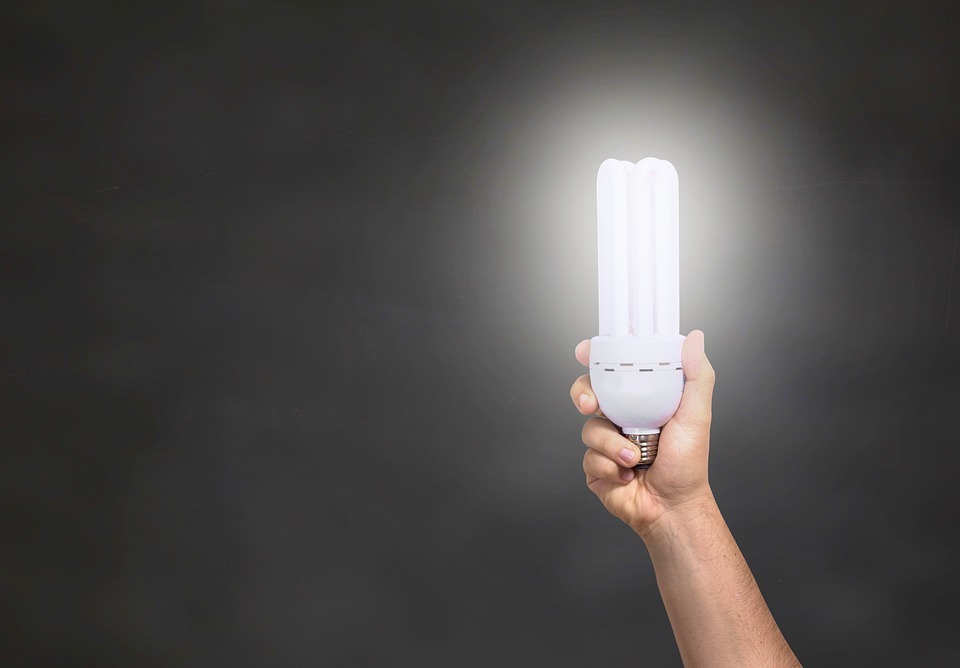Full form of LED

LED is a PN junction diode which produces the direct current and it uses electroluminescence to produce the light.
What is the full form of LED
LED Full form is Light Emitting Diode.
It is a semiconductor light source. It is used in a lot of electronic test equipment due to its good quality. It is almost 80% energy efficient compared to fluorescent light & conventional lighting bulbs.
The full form of LED highlights its role as a solid-state lighting technology, so LED is also called SSL (Solid State Lighting).
Working principle of LED
The LED full form in computer and other devices works on the principle of Electroluminescence.
Electroluminescence is the process of converting electric energy to light energy by changing the states of electrons. The energy band gap of the semiconductor determines the colour of the LED’s light.
LED is a forward bias semiconductor so it starts working when the P terminal of the diode is connected to the positive terminal and the N terminal of the device is connected to the negative terminal of the battery.
During the movement of electrons, it produces some energy but LED has light energy.
Key Purpose of LED
The main purpose of LED is to produce brighter light at low power consumption. Currently, LED lights are replaced with fluorescent bulbs for their energy-efficient nature. LED TVs also consume low energy than LCD computers and TVs. Nowadays, people are choosing LED lights due to their economical nature and durability and low power consumption. The LED full form emphasizes its role in energy-efficient lighting solutions.
The materials used in LEDs
For manufacturing LEDs, the main semiconductor materials used are as follows:
- GAP (Gallium Phosphide): Green and Yellow LEDs.
- InGaN (Indium Gallium Nitride): Green, blue and ultraviolet high-brightness LEDs.
- AIGaInP (Aluminum Gallium Indium Phosphide): Orange, Yellow and red high-brightness LEDs.
- AIGaAs (Aluminum Gallium Arsenide): Red and infrared LEDs.
LEDs & Heat
To absorb the heat produced by the LED, it uses the heat sinks and evaporates it into the surrounding environment. This keeps it out from overheating and burning. Usually, thermal management is the single most important technique for the successful performance of LED during its lifetime.
At higher temperatures when the LEDs operate, as quickly the light degrades and the useful life becomes shorter.
In order to manage the heat, LED products use various types of unique heat sink designs and configurations.
Uses of LED
LED is used in electronic equipment today due to its long-lasting capacity, some of which examples are as follows:
- Home lighting
- Home decoration
- LED wallpaper
- LED display
- TV backlight
- Smartphone backlight
- Automotive lighting
Advantages
The Advantages of using LED are as follows:
- LED operates on very low voltage
- Energy-efficient and low power consumption
- LED has a great lifetime, the average lifetime of LED is 50000 hours (5 years approx)
- It produces very less heat than the other lights
- It emits an extremely high level of brightness
- LEDs are tiny in size
- Flexible and user friendly
- It reveals the original colour of the light as compared to other lights
Disadvantages
The Disadvantages of using LED are as follows:
- LED lighting is more expensive than another traditional lighting
- It causes very light pollution than other sources
- If LED operates at high temperatures, it may result in overheating which will cause the failure of the device
- It is not advisable to use in an open large area because it does not produce spherical distribution
Conclusion
So, you can understand the LED full form, that most customers buy LED lights because of their durability and bright light source. It is a very important electronic device because it is used in a lot of electrical and electronic devices. When someone asks, what is the full form of LED, you can confidently answer that it stands for Light Emitting Diode, highlighting its essential role in various modern technologies due to its energy-efficient and long-lasting nature.
Read Also:
